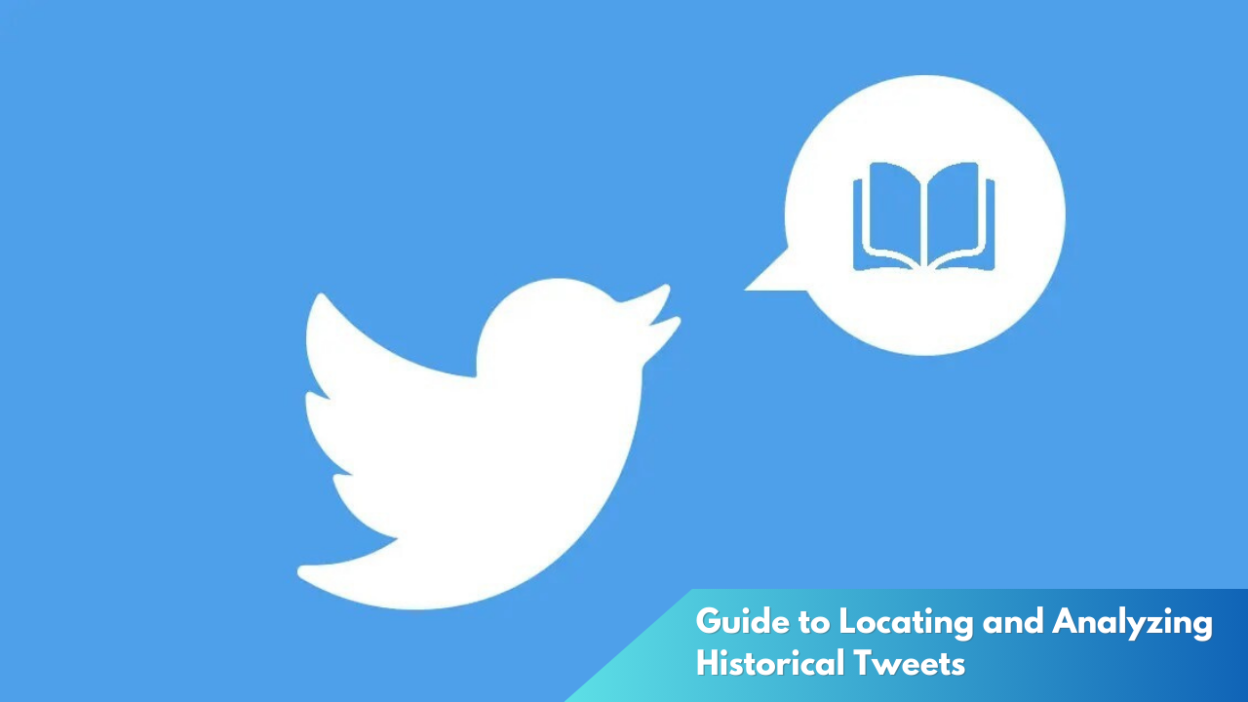The digital age has transformed the way we communicate, and Twitter has been at the forefront of this transformation. With its rapid, real-time sharing capabilities, Twitter provides a unique glimpse into public discourse and events as they unfold. But what if you’re interested in diving into the past and exploring historical tweets? Whether for research, curiosity, or analysis, accessing and examining older tweets can be a valuable exercise. This guide will walk you through the processes of locating and analyzing historical tweets, equipping you with the knowledge to explore the past through this social media platform.
How to Find Historical Tweets: A Step-by-Step Guide
Finding historical tweets may seem daunting at first, but several methods make the process manageable and efficient. One of the most straightforward ways to begin your search is by using Twitter’s Advanced Search feature. This tool allows users to filter tweets by date, user, and keyword, enabling a more targeted search. By specifying a date range, you can narrow down the results to a particular event or period, making it easier to focus on tweets that are relevant to your research.
For those seeking a more comprehensive dataset, third-party tools like TweetDeck or tools that offer a more robust API access, such as Twarc or Hydrator, can be invaluable. These platforms provide more flexibility in terms of search parameters and can help collect tweets en masse for further analysis. Some of these tools require familiarity with coding or data extraction techniques, but they offer a much more extensive reach into Twitter’s archives than the native search options.
Another approach is utilizing digital archives and libraries that have indexed tweets for public access. The Library of Congress, for example, had an initiative to archive every public tweet. While their program’s scope and access have evolved, such institutions can still be a resource for finding tweets from earlier years. Additionally, services like the Internet Archive’s Wayback Machine might not archive tweets directly but can capture webpages with embedded Twitter timelines, providing another means of accessing historical content.
Analyzing Past Tweets: Tools and Techniques Explained
Once you’ve gathered historical tweets, the next step is to analyze the data. The approach to analysis can vary depending on your goals, but several tools and techniques can help you extract meaningful insights. Text analysis software, such as R or Python’s Natural Language Toolkit (NLTK), can process large datasets and perform functions like sentiment analysis, topic modeling, and frequency analysis. These tools allow researchers to quantify the tone and subject matter of tweets over time, offering a deeper understanding of public sentiment and discussion trends.
For those who prefer visual analysis, tools like Tableau or Gephi can create visualizations that help interpret the data in an accessible, engaging way. These platforms enable users to map out tweet interactions, track keyword usage over time, and display geographic data if location information is available. Visualizations can be particularly useful for presentations or when trying to communicate findings to a broader audience.
In addition to software tools, qualitative analysis remains a powerful method for understanding the context and nuances of historical tweets. This involves manually reviewing selected tweets to identify themes, motivations, and the impact of certain events or announcements. While more time-consuming, qualitative analysis provides a layer of insight that purely quantitative methods might miss, such as sarcasm, humor, or cultural references unique to a specific period.
Exploring historical tweets offers a window into the past, allowing us to analyze how events unfolded, understand public sentiment, and even predict future trends based on historical patterns. By combining the right tools and techniques, anyone can delve into Twitter’s archives and uncover valuable insights. Whether for academic research, marketing analysis, or personal interest, the ability to locate and analyze past tweets enriches our understanding of social media’s role in contemporary history. As the digital landscape evolves, mastering these skills will continue to be an asset for anyone looking to engage with the digital artifacts of our time.



